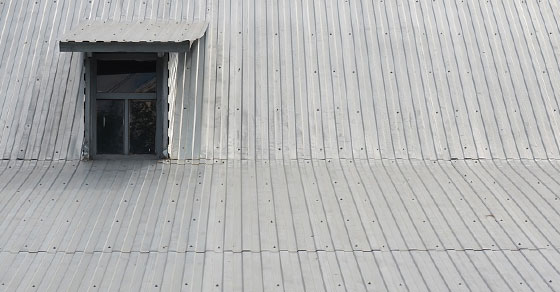The roof of your building is vital to its overall structure since it protects the interior and exterior of the building from any damaging substances. Your roof can also prevent any wear and tear from everyday exposure to sunlight and any type of precipitation. So, if you experience some roof problems, there is a high chance that it can go deep and weakens your whole structural integrity.
One of the most common contributors to roof problems is defective flashing. Roof flashings, as a whole, protect your roof’s joints and angles from any source of water. They prevent entrapment and leakage of water towards the interior of your building. Without flashings, water can get past your roof and reach your ceilings and walls. Once they reach these areas, deterioration, and moulding over the surfaces will certainly follow.
Poor roof flashings can also cause leaking problems among other problems on your roof. To guide you, here are some problems that poor roof flashing can cause your beloved building.
Billowing
Poor installation and maintenance of roof flashings can lead to weakened roof’s membrane. This weakened roof’s membrane then leads to the billowing of roofs. Billowing occurs when large portions of the roof’s membrane detach and flutter with strong winds. As a remedy, a roofing professional must cut some parts of the membrane to release pressure on your roof preventing more damage to the rest of the membrane. This fix, however, does not prevent water and other debris from going into the building.
Blow Offs
Just like a billow, poor roof flashings condition can lead to open seams and joints of your roof. As time goes by, these openings can eventually lead to blow-offs of a part or of the entire roof when high winds or rains occur. One contributing factor to these blow offs is the reduced puncture resistance to a roof’s membrane. Reduced resistance makes the membrane of your roof separate itself from the roof’s substrate, thus, resulting in blow offs. This reduced resistance came from the usage of cold adhesives that aren’t cured long enough.
Tenting
When there is a dimensional change in the roof’s membrane, then your roof may shrink. This phenomenon is known as tenting or bridging. The dimensional change in the roof’s membrane adds pressure to the flashing and the roof seams, which can cause rupture afterward. The effect of tenting is irreversible; meaning, it should be addressed right away before water enters the building. The water can cause dry spots beneath the flashing or penetration of the roof. The tented areas must be cut by professionals and must be replaced with new ones immediately. When you ignored poor roof flashing problems, they can certainly cost you a lot when it comes to repairs and replacements. Strong weather disturbances can occur at a certain point, so if your weather permits, check for some roof flashing problems now. If you want to get help regarding roof flashing, Johnson Roofing got you covered. We are a licensed building practitioner that can help you with your roof flashing maintenance.

